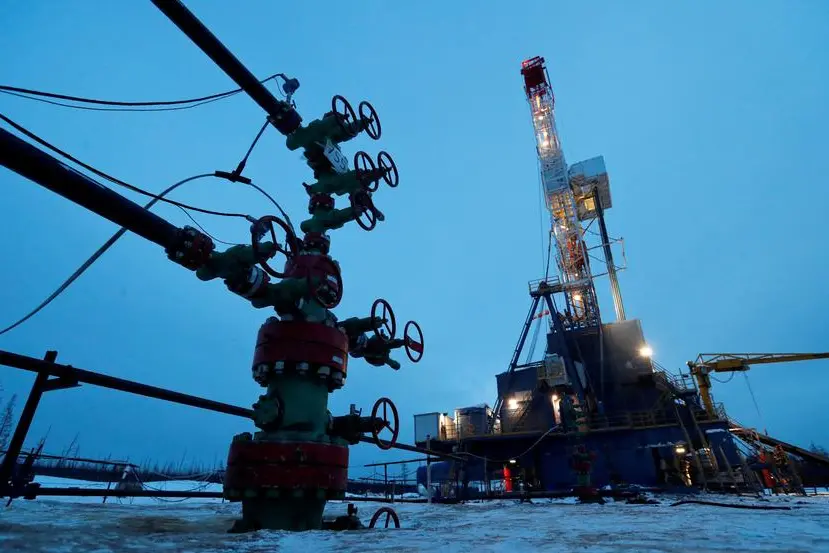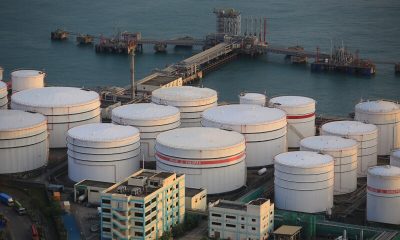Commodities
Oil posts second weekly decline as demand concerns overshadow Saudi cut

Oil prices fell more than a dollar a barrel on Friday to record a second straight weekly decline, as disappointing Chinese data added to doubts about demand growth after Saudi Arabia’s weekend decision to cut output.
Brent crude futures fell $1.17, or 1.5%, to settle at $74.79 a barrel, while the U.S. West Texas Intermediate crude fell $1.12, or 1.6%, to $70.17 a barrel.
Both benchmarks lost more than $3 on Thursday after a media report that a U.S.-Iran nuclear deal was imminent and would result in more supply. Prices pared losses after both countries denied the report, ending about a dollar a barrel lower.
“Thursday’s price moves show how fragile oil is,” said UBS analyst Giovanni Staunovo.
“The Saudi cut lifted prices slightly, and then the chatter of the potential return of Iranian barrels saw a large drop. Long investors are likely on the sidelines until larger oil inventory declines become visible,” he said.
Oil prices had risen early in the week, buoyed by Saudi Arabia’s pledge over the weekend to cut more output on top of the cuts agreed earlier with the Organization of the Petroleum Exporting Countries and its allies.
However, a rise in U.S. fuel stocks and weak Chinese export data have weighed on the markets.
“As we move deeper into the summer driving season in the Northern Hemisphere, demand will be a key factor in determining whether limited inventories must drive prices higher, or soft demand leads to lower prices,” said Rob Haworth, senior investment strategist at U.S. Bank Asset Management.
China’s factory gate prices fell at the fastest pace in seven years in May and quicker than forecasts, as faltering demand weighed on a slowing manufacturing sector and cast a cloud over the fragile economic recovery.
Some analysts expect oil prices to rise if the U.S. Federal Reserve pauses hiking interest rates at its next meeting over June 13-14. The Fed’s decision may also influence Saudi Arabia’s next move, analysts said.
“The important thing is that despite those changes (Saudi, US-Iran) to output, oil remains below $80, no doubt much to the disappointment of the Saudis,” said OANDA analyst Craig Erlam.
“What comes next may well depend on the inflation data and interest rate decisions over the coming weeks,” he said.
Commodities
Oil prices rise; U.S. crude inventories plunge, Russia-Ukraine truce eyed
Commodities
India’s Reliance to stop buying Venezuelan oil over US tariffs, sources say
Commodities
Oil prices climb on Venezuela supply worries

 Forex3 years ago
Forex3 years agoForex Today: the dollar is gaining strength amid gloomy sentiment at the start of the Fed’s week

 Forex3 years ago
Forex3 years agoUnbiased review of Pocket Option broker

 Forex3 years ago
Forex3 years agoDollar to pound sterling exchange rate today: Pound plummeted to its lowest since 1985

 Forex3 years ago
Forex3 years agoHow is the Australian dollar doing today?

 Cryptocurrency3 years ago
Cryptocurrency3 years agoWhat happened in the crypto market – current events today

 World3 years ago
World3 years agoWhy are modern video games an art form?

 Commodities3 years ago
Commodities3 years agoCopper continues to fall in price on expectations of lower demand in China

 Economy3 years ago
Economy3 years agoCrude oil tankers double in price due to EU anti-Russian sanctions



































